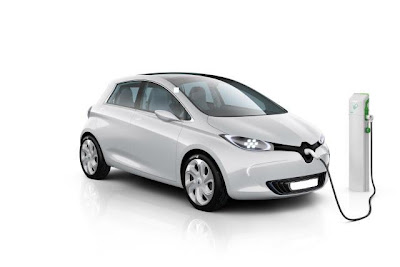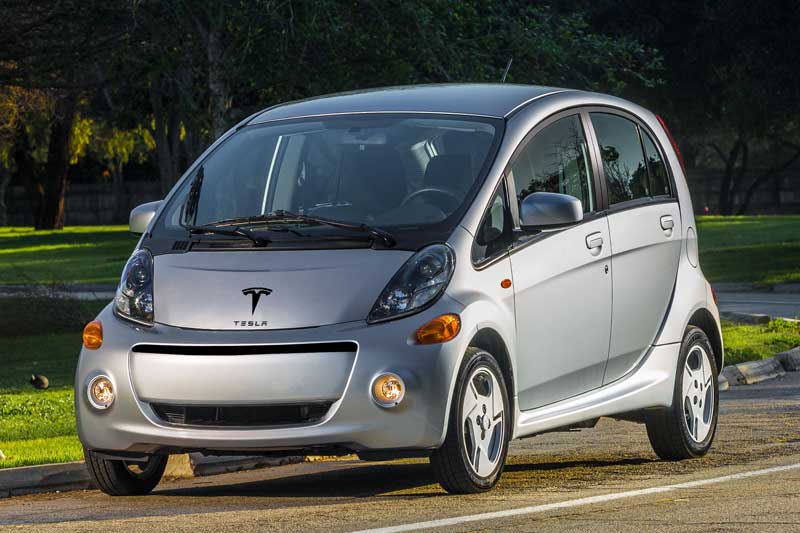siai47 said:
The old Aerovironment system was really neat, compact and simple. It even used the coils in the drive motor as part of the inverter circuit! They produced them for a number of years (maybe they still do) for conversions. Someone on this forum must know a little more about them.
Hi guys.
Sorry to interrupt your excitement about this one. We've got plenty of the "old" models of the Zoe driving around over here and they have caused a lot of trouble for users and owners when charging.
This technology of charging requires the resistance to ground to be relatively low and in our case considered extremely low. Below 150 Ohms. Most installations here having a TT grounding system meaning a separat ground, are up to 1600 Ohm. So a far away from 150 Ohm. Actually Renault suggest a level of 100 Ohm to ensure the Zoe will charge.
Same goes for quickcharge stations where I recently heard from a family how they were unable to charge from some quickcharge stations and had to locate a nearby AC charging point and wait for hours.
I've spoken to ABB staff servicing some of the quickcharge stations here and heard how they struggle adjusting the settings in the DC chargers so they also accommodate this version of Zoe.
In my work I've made several charging installations for Zoe's and almost everytime this has required improvement of grounding. On the first version of Zoe Renault required the installations being equipt/protected using rcd's capable of the AC/DC type also known as type B around here. Those are 10-20 times more expensive than Type A (regular) ones.
In average this has cost Zoe owners somewhere between €1.000-€2.000 more than a setup for a similar 3-phase charging ev, such as Tesla.
The lastest version of Zoe has another inverter using similar technology as other 3-phase inverters.
The first version of Zoe is also known to be sensitive to electrical distortion and only a few weeks ago I was helping a Zoe owner to identify why his Zoe wouldnt charge during sunny weather. We found how it was sensitivity towards distortion from grid connected solar inverters which was connected in their house and their neighbours grid connected solar inverters.
The inverters used are from SMA a recognized brand worldwide. Our perspective started by trying to prove to the manifacture how the inverters was posing a problem and distorting the electricity for the car to fail in charging. We asked the utility company to assist us in make tests on the grid as they have the equipment to do this stuff.
We started out datalogging the quality on the grid on a sunny day. Then tried to charge the Zoe, which stopped seconds after due to charging error as had happened before.
Then we had agreed with the nearby neighbours having solar inverters to get access to the power boards and solar inverters and started by turning off all connected circuits/appliances and only having the solar inverters online. This way to remove any potential pollutive devices connected.
We used a couple of instruments to measure and one was a Fluke 435 which measures distortion according to international standards to which manifactures of electrical appliances need to live up to.
Next we tried to charge the car once again while only having the solar inverters online. This gave the same resulte of failing to charge.
Next we disconnected all solar inverters (some 25 or so) and tried to charge the car which was now able to charge without interruption.
Measurements from the instruments showed how the distortion rate by the solar inverters was within the limits of the standards. Interestingly the Fluke instrument showed how when charging the Zoe, and everything else being off, the distortion rate exceeded the international standards. I recall how the engineer from the utility company was astonnished to see this and informed the owner of the Zoe to have the car checked.
We informed Renault about the findings and borrowed another Zoe to check about whether this one would charge. Sadly the same thing happend to a same version Zoe. Charge failur. Unable to charge when solar inverters was connected. I asked the customer as to whether this issue was isolated to only sunny days and the response was how the car was also unable to charge during cloudy days as well and how they were only able to charge the car when the sun was down.
Out of curiosity and wanting to support of a fellow ev owner I asked Renault to try their latest version of Zoe with the other inverter. This one is limited to max 22kW charge, still without DC charge option. This particular version was fully able to charge when the solar inverters was connected to the grid.
Another aspect when people consider getting an ev here and consider the Zoe is how Renault only allow rental of the batteries. Which means people get a price on the car whether new or used, and then in additional cost comes rental of the battery. Something which deters most of those I have spoken to around here which otherwise enjoy the design and comfort of the car.















